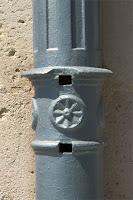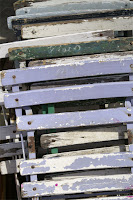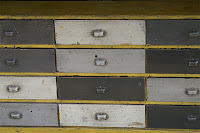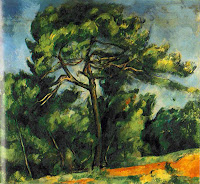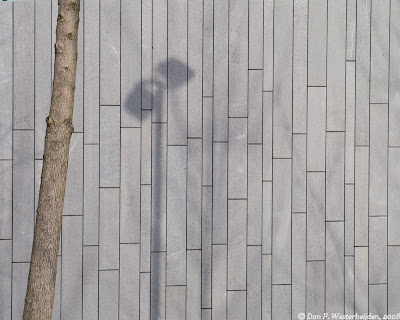What I also find cool is to see the EXIF-details of others' pictures: once you click on a picture in Google Maps or Panoramio, it pops up and if you click on it a couple times more, you get to a page with details of maker & location, and also there is a thingy with "further detailis". If you click on that, you get to see the make of the camera, shutter speed, aperture, focal length, ISO setting and use of flash. Can be interesting to learn how they did it.
The downside of putting pictures on the Google maps used to be, I thought, that you have to wait for ages for pictures to get selected for Google Earth (which is true). But through the Panoramio community and/or Google Maps, you get 'hits' quite a bit faster than that. And isn't instant gratification an important stimulus to keep going? OK, now that I seen that my photos are seen a handful of times already within a week, I'll keep going and upload a few more pictures from more exotic locations than Twente or Ameland.
But before I do that: I really want to get the copyright notice into my pictures again. So after my recent laptop crash I'll have to download that bit of shareware software, Bildschuetz Pro (also available in english) again for doing that, without having to go all the way to Photoshop. It's easy to use, once you have found the c-with-a-circle in your word processor; MS-Word's aoutocorrect function does it automatically if you type in "(c)" and undoubtedly Open Office has a similar trick, but then again, so does the software itself, if you don't destroy the automatic settings: use "%(c)%".
A disadvantage of putting in a copyright notice in a JPG-photo is that with every time you save a JPG, it is compressed anew and that diminishes the quality somewhat. For 'serious' photos I would find that a real drawback, but for web pictures it is not a problem--if anyone is interested in getting a high-quality print or copy, they can always contact me. Yes, this is an invitation ;-)
By way of example: Below is Taiwan's Sun-Moon Lake, clearly one to put on the map!





